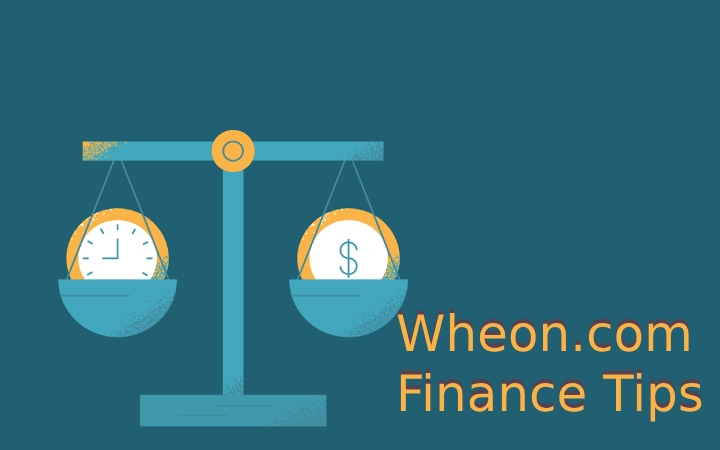What Is An Ecommerce?

In general terms, uniting all these concepts, electronic commerce or eCommerce is a process of satisfying the needs of a consumer through the acquisition of products or services through the web.
As a provisional point, improving the quality of products and services, Delivering orders quickly and having effective customer service are two key elements to success in e-commerce. By offering an easy and enjoyable user experience, customers are more likely to keep returning to your online store.
For Entrepreneurs, electronic commerce is “the process by which two or more parties carry out a business transaction through a computer and an access network.”
Parts Of An E-commerce
Each business is unique, and for this reason, e-commerce is different. There are different types of e-commerce depending on their online business model. However, there are aspects of electronic commerce that are common to all:
Ecommerce is made up of a corporate section that reports on the store. In this section, the store is made known to generate consumer confidence. Buying online can generate distrust; for this reason, we must transmit professionalism and security.
Product Catalog. Our objective is the sale of products or services. Therefore, e-commerce will have a wide catalog of goods for the consumer to purchase. These products can be physical or downloadable, depending on each business.
Payment methods. To formalize the purchase, it is necessary to make the payment; until the user does not pay for his product, we cannot say the sale has been made. For this reason, all e-commerce will have a payment gateway. There are different payment methods; we must choose the one that best suits us; it is recommended to use several payment methods. If the e-commerce does not have a payment gateway, it is not an online store; it will be a product catalog website.
Purchase orders. When the purchase has been formalized, and the consumer has paid for the product, it is time to send it to them. This process is much easier if we are dealing with a downloadable product. For physical products, selecting a logistics company for e-commerce and managing the product delivery process is necessary. The purchase is finalized once the buyer has the product in his hands.
Types Of Ecommerce
To provide further clarity, we have divided e-commerce into six distinct types, each with its own set of unique features.
1. Business-To-Business (B2B)
“The business to business” is about electronic commerce that covers all electronic transactions of goods or services between companies.
This type of electronic commerce is not aimed at the final consumer, but rather the exchange occurs between producers and traditional commerce wholesalers who have migrated to the web.
2. Business-To-Consumer (B2C)
it means “from business to consumer” This type of electronic commerce is characterized by establishing electronic commercial relations between companies and final consumers. Relationships of this nature tend to be easier and more fluid, yet they may not stay consistent or last for long.
There are already many online virtual stores and shopping centres that sell everything from computers, software, books, shoes, cars, and food to financial products, digital publications, etc.
A clear example of this type of eCommerce is Amazon, eBay, Forever21, Net Porter and other online stores that only provide their services to purchase products from wherever we are if we go to your physical store.
3. Consumer To Consumer (C2C)
Consumer-to-consumer refers to all electronic transactions of goods or services made between consumers. Normally, these operations are carried out through a third party, which provides the online exchange platform.
For example, Mercado Libre, OLX, and Trivago, among others, are C2C eCommerce because although the platform, the website, is provided by a third party, the exchange of whatever is sold is carried out between consumers.
4. Consumer To Business (C2B)
In this type of eCommerce, I completely change what we have conceived as commercial exchange. This type of electronic commerce is very common in projects based on crowdsourcing. Businesses are always on the lookout for services or products that address their specific needs and many people are eager to provide them. Selling these solutions to companies is an excellent way of generating profits.
Another platform that is very common in this type of trade is image banks. Royalty-free photography, media, and design elements are sold here, like Freepick or Pexels.
Also Read: Ten WordPress Plugins For Your Website To Work Perfectly
5. Business-To-Administration (B2A)
This part of electronic commerce covers all transactions carried out through the web between companies and the public administration. This area involves social tax security, employment, legal documents and ducts, etc.
These services have increased considerably in recent years with the investments made in e-government. For example, in Mexico, the government has a campaign called Open Digital Strategy, which uses “technology and innovation to help achieve the great development goals of the country.”
6. Consumer-To-Administration (C2A)
An efficient model for interactions between citizens and the government is the consumer administration model, which involves electronic transactions.
Also Read: Big Data & Small Data: What Are They & How Are They Different?






